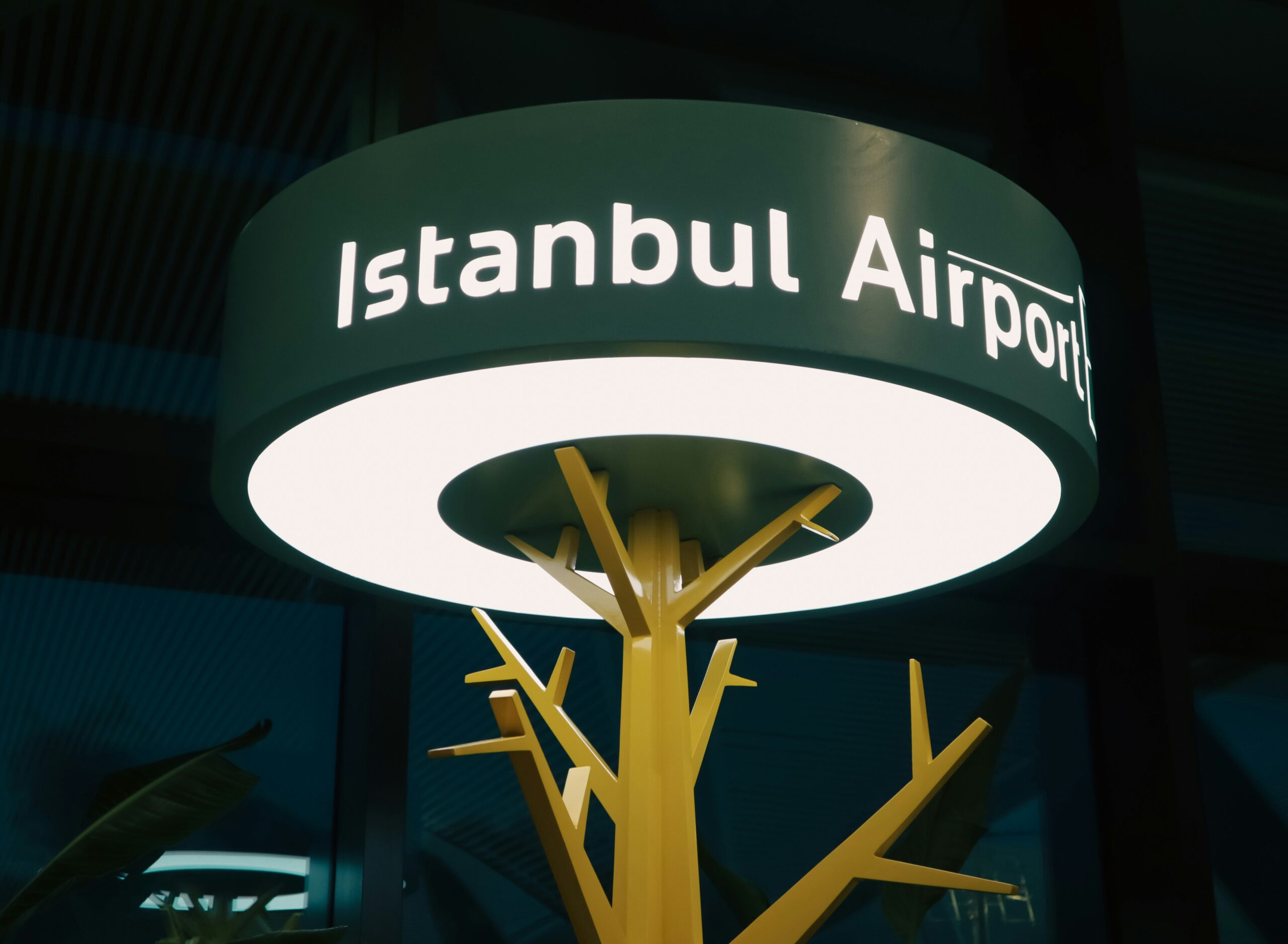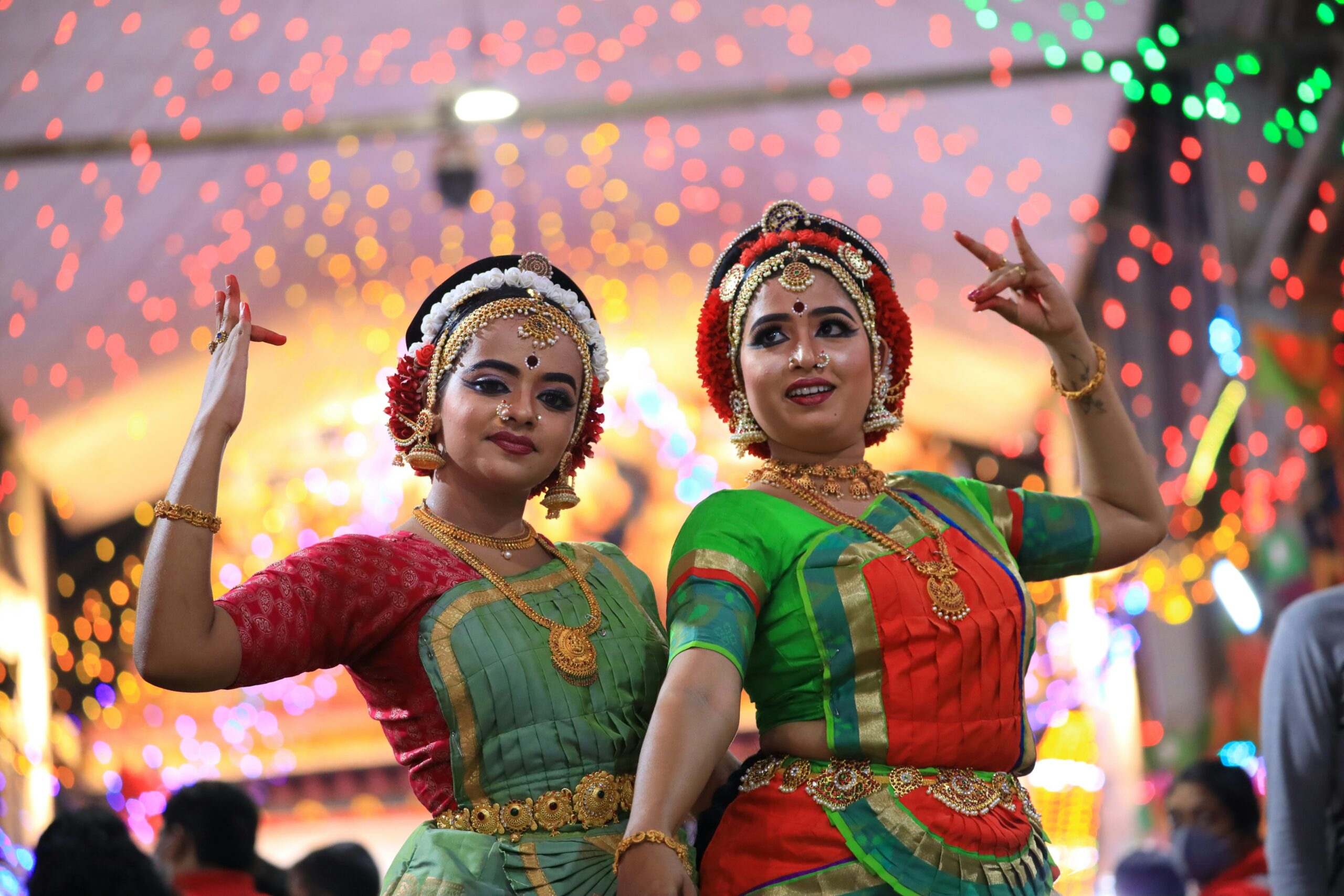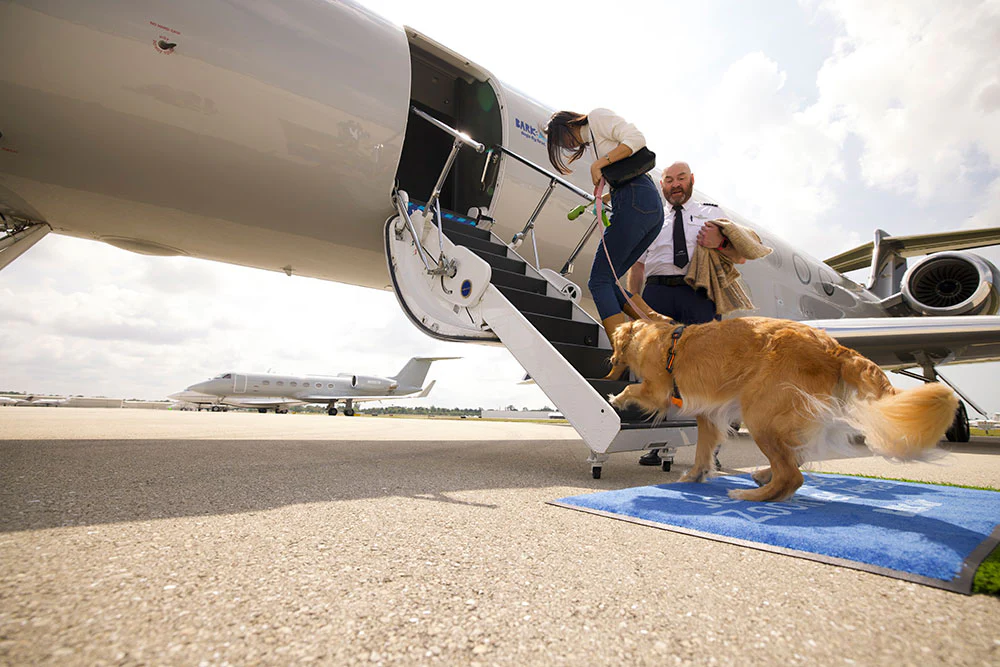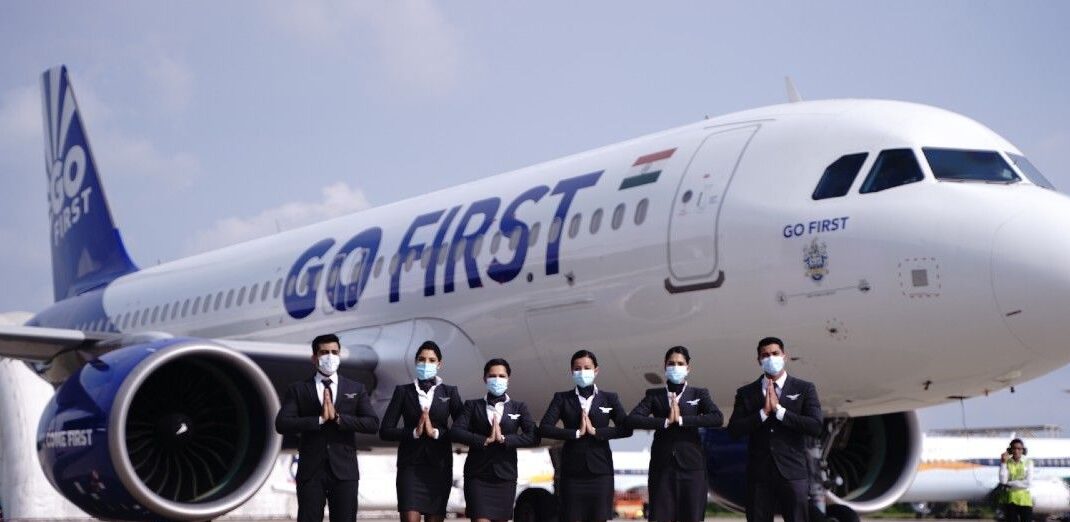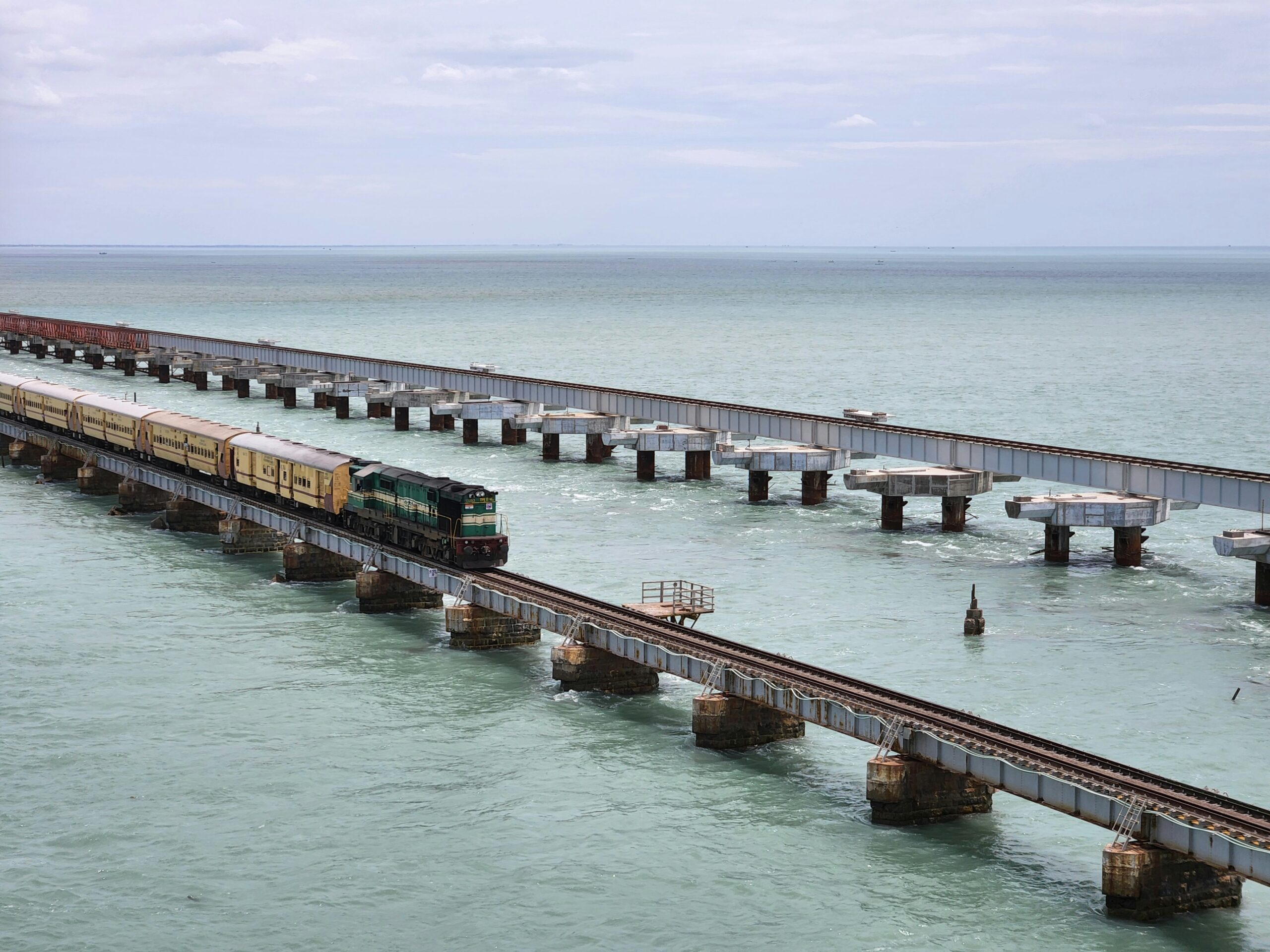Tourism should be about creating meaningful memories, but in many cases, it comes at the cost of animal suffering. Across the globe, countless animals are exploited in the name of entertainment—elephants paraded in festivals, dolphins confined to pools, monkeys forced into photo ops, and tigers drugged for selfies. Even religious and cultural tourism in places like Kerala and Vaishno Devi aren’t free from cruelty. It’s time to rethink how we travel and advocate for ethical, cruelty-free tourism.
Elephant Rides and Parades: A Life of Suffering in India and Thailand
Elephant rides are a common tourist attraction in both India and Thailand. What visitors don’t see is the brutal training that begins in early childhood. These gentle giants are subjected to phajaan—a process of physical and mental breaking involving isolation, beatings, and starvation.
In Kerala, elephants are heavily used in temple festivals and cultural processions. Often kept in chains, many suffer heatstroke, foot infections, and depression from lack of social interaction and freedom. Their lives are marked by constant fear, malnutrition, and untreated wounds, all for the visual grandeur of religious ceremonies and tourist entertainment.
Instead of riding or photographing captive elephants, tourists should support ethical sanctuaries that allow elephants to live freely in protected environments.

Horses and Mules at Vaishno Devi: Overburdened and Overlooked
The Vaishno Devi pilgrimage attracts millions of devotees each year, and many opt to ride horses or mules up the steep mountain trail. While it may seem like a traditional experience, the reality is grim. These animals are often overworked, underfed, and made to walk slippery, uneven paths with heavy loads for long hours.
Poor veterinary care, injuries, and sheer exhaustion are common. Some animals even collapse from the strain, with little to no emergency care available. It’s crucial that tourists consider the well-being of these animals and explore alternatives like electric carts or walking.
Dolphin Shows: Entertainment or Enslavement?
Dolphins are intelligent and social creatures, meant to roam the vast ocean—not perform tricks in cramped pools. Captured or bred in captivity, many dolphins suffer from stress, disease, and mental trauma in marine parks and aquariums.
Deprived of freedom and often trained through food deprivation, their lives are far from the “smiling” image tourists are shown. Say no to dolphinariums, and instead, support ethical sea-life conservation tours that focus on education and preservation.
Monkey Photo Ops: Abuse Behind the Lens
In Southeast Asia and other regions, monkeys are forced into lives of entertainment—dressed in costumes, chained, and beaten into submission for photo ops with tourists. These wild animals are often taken from their mothers at a young age and trained through violence.
Behind every cute picture is a lifetime of torment. Tourists must avoid interacting with wildlife used for photos and choose experiences that respect animals’ natural behaviors.
Drugged Tigers for Selfies: A Dangerous Trend
In countries like Thailand, taking selfies with tigers is disturbingly popular. To keep them docile, many tigers are sedated, declawed, or kept in cages their entire lives. These majestic creatures are reduced to photo props for social media validation.
Instead of supporting such cruelty, tourists should visit ethical tiger sanctuaries where the animals are not bred for exploitation or forced interaction.
The Problem with Zoos: Confinement for Profit
While many zoos claim to be centers for conservation, the reality is that animals in captivity often suffer from zoochosis—a condition marked by repetitive behaviors like pacing and self-harm. Tiny enclosures, lack of stimulation, and forced breeding are common issues.
It’s time to reimagine animal conservation. Zoos should be phased out in favor of sanctuaries that offer large, natural habitats and prioritize rehabilitation over entertainment.
A Call to Action: Choose Compassionate Travel
The solution lies in conscious, responsible tourism. Before booking any animal-related experience, travelers should research thoroughly. Support only those organizations that offer ethical, non-exploitative interactions with animals.
- Say no to elephant rides and animal performances
- Avoid photo ops with wild animals
- Do not support dolphin shows or roadside zoos
- Raise awareness and report abuse whenever you see it
- Encourage sanctuaries over zoos for wildlife education
Final Thoughts
Every travel decision we make either supports cruelty or promotes compassion. From elephants in Kerala to overworked mules at Vaishno Devi, the silent suffering of animals is often hidden behind tradition and tourism. Let’s be the generation that travels mindfully—choosing empathy over entertainment, and advocating for a world where animals live free, not chained for our pleasure.

